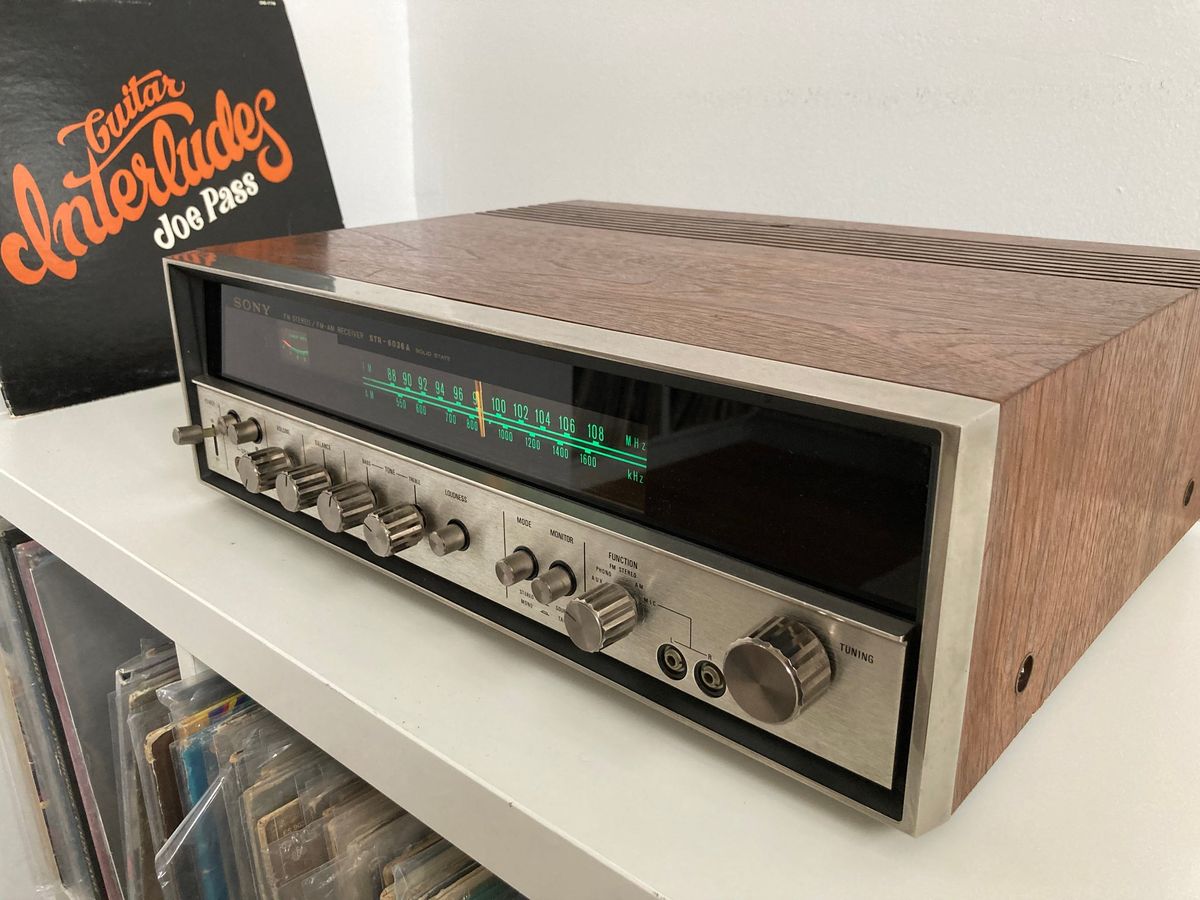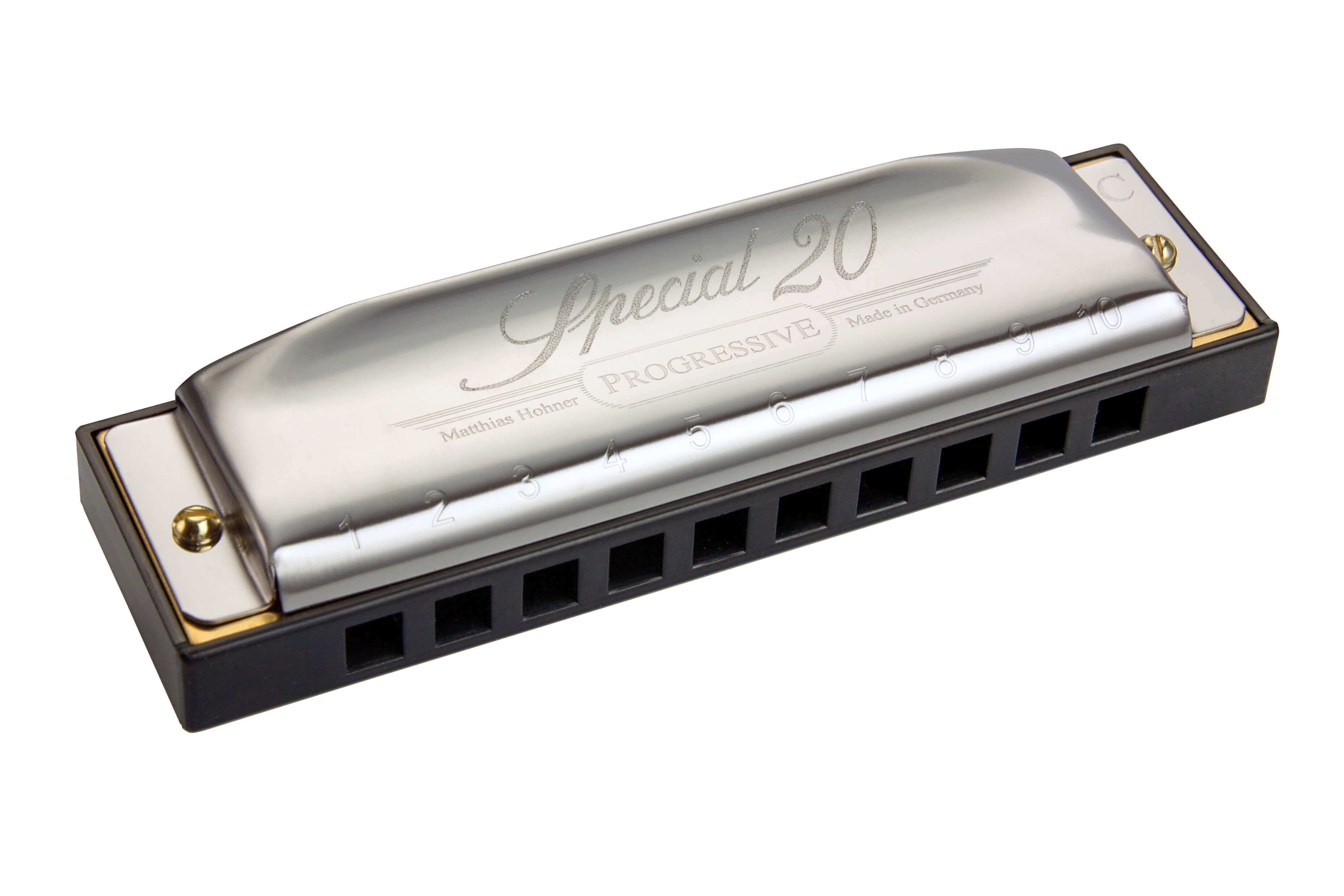Home>Instruments>Guitar>How To Choose A Guitar For Beginners


Guitar
How To Choose A Guitar For Beginners
Published: February 12, 2024
Learn how to choose the perfect guitar for beginners with our comprehensive guide. Find the best guitar for your needs and start your musical journey today.
(Many of the links in this article redirect to a specific reviewed product. Your purchase of these products through affiliate links helps to generate commission for AudioLover.com, at no extra cost. Learn more)
Table of Contents
Introduction
Introduction
So, you've decided to embark on a musical journey and learn to play the guitar. Congratulations! The guitar is a versatile and expressive instrument that has captured the hearts of music enthusiasts for generations. Whether you aspire to strum along to your favorite songs, write your own music, or perform on stage, choosing the right guitar is a crucial first step on your path to musical mastery.
In this comprehensive guide, we'll walk you through the essential factors to consider when selecting a guitar as a beginner. From understanding the differences between acoustic and electric guitars to exploring the significance of size, playability, and sound, we'll equip you with the knowledge needed to make an informed decision. Additionally, we'll delve into budget considerations and highlight key features that can enhance your playing experience.
As you navigate the myriad options available, it's important to remember that the perfect guitar for you is the one that resonates with your unique style, preferences, and aspirations. With that in mind, let's dive into the world of guitars and set you on the path to finding the instrument that will inspire and accompany you on your musical journey.
Acoustic vs Electric Guitars
Acoustic vs Electric Guitars
One of the first decisions you’ll face when choosing a guitar is whether to opt for an acoustic or an electric model. Each type has its own unique characteristics and is suited to different playing styles and musical genres.
Acoustic Guitars:
An acoustic guitar produces sound acoustically by transmitting the vibration of the strings to the air. It’s a popular choice for singer-songwriters, folk musicians, and those who prefer a more intimate and organic sound. Acoustic guitars come in various body shapes, including dreadnought, concert, and parlor, each contributing to the instrument’s tone and projection.
Electric Guitars:
Electric guitars, on the other hand, require an amplifier to produce sound. They are highly versatile and well-suited for a wide range of musical styles, including rock, jazz, blues, and pop. The ability to manipulate tone and volume through amplification and effects pedals makes electric guitars a favorite among budding rock stars and experimental musicians.
When deciding between acoustic and electric, consider the type of music you aspire to play and the playing experience you envision. If you’re drawn to the raw, unplugged sound and enjoy strumming chords around a campfire, an acoustic guitar might be the perfect fit. Conversely, if you’re enticed by the idea of shredding solos and exploring sonic possibilities with effects, an electric guitar could be your weapon of choice.
Ultimately, both acoustic and electric guitars have their own appeal, and many guitarists eventually find themselves owning both types to cater to their diverse musical moods and creative endeavors.
Size and Body Shape
When selecting a guitar, the instrument’s size and body shape play a pivotal role in determining comfort, playability, and sound projection. Guitars come in various sizes, with each size offering distinct characteristics that cater to different players and musical styles.
Acoustic Guitar Sizes:
Acoustic guitars are commonly available in several sizes, including dreadnought, concert, parlor, and jumbo. The dreadnought is renowned for its bold and robust sound, making it a popular choice for strumming and flatpicking. The concert size, slightly smaller than the dreadnought, offers a balanced tone and is well-suited for fingerstyle playing. Parlor guitars, with their compact body, deliver a focused and intimate sound, ideal for smaller players and intimate settings. Jumbo guitars, as the name suggests, boast a large body and produce powerful, boomy tones, making them suitable for bold strumming and rhythmic playing.
Electric Guitar Body Shapes:
Electric guitars are available in various body shapes, including the iconic Stratocaster, versatile Telecaster, and powerful Les Paul, among others. Each body shape offers its own aesthetic appeal, tonal characteristics, and ergonomic features. For example, the Stratocaster’s contoured body and double-cutaway design provide easy access to higher frets, making it a favorite among lead guitarists. The Telecaster’s straightforward, no-nonsense design appeals to players seeking a versatile instrument with a distinctive twang. The Les Paul’s solid body and humbucker pickups yield rich, warm tones favored by rock and blues players.
When choosing a guitar based on size and body shape, consider factors such as your physical build, playing style, and sonic preferences. A guitar that feels comfortable and complements your playing technique will inspire you to practice and create music effortlessly. Additionally, the body shape and size contribute to the guitar’s resonance and tonal characteristics, influencing the overall sound that emanates from the instrument.
By exploring different guitar sizes and body shapes, you can identify the one that resonates with your musical aspirations and empowers you to express yourself authentically through the instrument.
Budget Considerations
As a beginner guitarist, navigating the wide array of available options while considering budget constraints can be a daunting task. While it’s natural to be drawn to shiny, high-end instruments, it’s essential to find a balance between quality and affordability when making your first guitar purchase.
New vs. Used:
One approach to managing your budget is to explore the option of purchasing a used guitar. Pre-owned instruments can offer excellent value for money, allowing you to acquire a higher-quality guitar within a limited budget. However, it’s crucial to inspect used guitars carefully for any signs of wear, damage, or structural issues that may affect playability and sound quality.
Entry-Level Models:
Many reputable guitar manufacturers offer entry-level models tailored to beginners, providing an affordable entry point into the world of guitar playing. These instruments are designed to deliver reliable performance and playability while accommodating the needs of novice players. While entry-level guitars may not boast the premium features of their higher-end counterparts, they are crafted to facilitate the learning process and inspire progress.
Quality Over Quantity:
When allocating your budget, prioritize the quality of the instrument over additional accessories or features. A well-constructed, reliable guitar will serve as a steadfast companion on your musical journey, while accessories and add-ons can be accumulated over time as your skills and musical interests evolve.
Long-Term Investment:
While it’s important to be mindful of your budget, consider your guitar purchase as a long-term investment. A quality instrument, cared for and maintained properly, can accompany you for years, if not a lifetime, enriching your musical experiences and growth as a guitarist. Rather than viewing your guitar as a temporary acquisition, envision it as a valuable tool that will support and inspire your musical pursuits for years to come.
By approaching your guitar purchase with a discerning eye and a clear understanding of your budget, you can make an informed decision that aligns with your financial resources while ensuring a fulfilling and enjoyable playing experience.
Action and Playability
When selecting a guitar, the action and playability are crucial factors that significantly impact your comfort, technique, and overall enjoyment while playing. The action refers to the distance between the strings and the fretboard, influencing the ease of fretting notes and chords. A guitar with low action requires minimal finger pressure to produce clear notes, facilitating smooth transitions between chords and effortless soloing. Conversely, high action can make fretting more challenging, particularly for beginners, and may lead to hand fatigue and intonation issues.
Neck Profile and Width:
The neck profile and width also contribute to a guitar’s playability. Guitars with slim necks and low-profile frets offer a fast and comfortable playing experience, ideal for players with smaller hands or those transitioning from electric to acoustic guitars. Conversely, guitars with wider necks and larger frets provide ample space for fingerstyle playing and complex chord voicings, catering to a diverse range of playing styles and preferences.
Intonation and Tuning Stability:
Additionally, a guitar’s intonation and tuning stability are integral to its playability. Well-intonated guitars ensure that notes ring true and chords sound harmonious across the entire fretboard, enhancing the instrument’s versatility and musical expressiveness. Furthermore, reliable tuning stability is essential for maintaining consistent pitch and resonance, allowing you to focus on your playing without frequent tuning adjustments.
When evaluating a guitar’s action and playability, it’s beneficial to test-play the instrument and assess how it feels in your hands. Pay attention to the fretting hand’s comfort and reach, the smoothness of string bending and vibrato, and the overall responsiveness of the instrument to your playing dynamics. A guitar that feels effortless and inspiring to play will motivate you to practice diligently and explore your musical potential.
Ultimately, the action and playability of a guitar are deeply intertwined with the player’s physicality and playing style. By prioritizing these aspects in your guitar selection, you can find an instrument that resonates with your individual approach to music, fostering a harmonious and fulfilling playing experience.
Sound and Tone
Sound and tone are fundamental aspects of the guitar-playing experience, shaping the musical expression and emotional impact of the instrument. Whether you’re drawn to the warm resonance of an acoustic guitar or the searing sustain of an electric guitar, understanding the factors that influence sound and tone is essential when choosing a guitar as a beginner.
Acoustic Guitar Sound:
The sound of an acoustic guitar is influenced by various factors, including the tonewoods used in its construction, body shape, and bracing pattern. Different tonewoods, such as spruce, mahogany, cedar, and rosewood, impart distinct tonal characteristics, with spruce often delivering a bright, articulate sound and mahogany offering a warm, balanced tone. The body shape of an acoustic guitar contributes to its projection and tonal balance, with larger bodies producing deeper, fuller sounds and smaller bodies emphasizing clarity and articulation.
Electric Guitar Tone:
Electric guitars are renowned for their versatility in tone, largely due to the influence of pickups, amplifiers, and effects. Single-coil pickups are known for their bright, clear sound, while humbuckers provide a thicker, more powerful tone with reduced noise. Amplifiers and effects pedals further shape the electric guitar’s tone, allowing for a wide spectrum of sonic possibilities, from clean and shimmering to overdriven and aggressive.
Personal Preference and Musical Style:
When considering sound and tone, it’s important to reflect on your musical preferences and the genres you aspire to explore. Whether you’re captivated by the warm, earthy timbre of an acoustic guitar or the dynamic range and expressive potential of an electric guitar, your chosen instrument should resonate with your musical aspirations and inspire your creativity.
Exploring the sound and tone of different guitars through hands-on experience, whether in a music store or through online demonstrations, can provide valuable insight into the sonic characteristics that align with your musical vision. Additionally, seeking guidance from experienced guitarists and instructors can offer valuable perspectives on sound and tone, helping you make an informed decision that harmonizes with your musical identity.
Ultimately, the sound and tone of a guitar are deeply personal and subjective, reflecting the unique musical journey and artistic sensibilities of the player. By embracing the nuances of sound and tone, you can embark on a fulfilling exploration of musical expression and sonic discovery with your chosen instrument.
Additional Features
When selecting a guitar, considering additional features beyond the instrument’s basic functionality can enhance your playing experience and cater to your evolving musical needs. These features, ranging from built-in electronics to ergonomic design elements, can significantly impact your comfort, versatility, and creative potential as a guitarist.
Electronics and Pickups:
For acoustic guitars, built-in electronics, such as pickups and preamps, enable amplified performance and seamless integration with sound reinforcement systems. This feature is particularly valuable for musicians who perform live or desire the option to plug in and amplify their acoustic sound. Different pickup systems, such as under-saddle transducers and soundhole pickups, offer distinct tonal characteristics and control options, allowing you to sculpt your amplified sound to suit various performance environments and musical styles.
Cutaway Design:
Acoustic and electric guitars equipped with a cutaway design provide extended access to the upper frets, facilitating smooth navigation of higher notes and enhancing your soloing capabilities. This feature is beneficial for players who enjoy exploring melodic passages and solo performances, as it grants unrestricted reach to the entire fretboard, enriching your musical expression and improvisational freedom.
Built-In Tuners and Accessories:
Some guitars are equipped with built-in tuners, simplifying the tuning process and ensuring that your instrument remains in optimal playing condition. Additionally, certain models may feature integrated accessories, such as strap buttons, onboard effects, or specialized bridge designs, offering convenience and functionality that align with your playing preferences and performance requirements.
Ergonomic Innovations:
Modern guitar designs often incorporate ergonomic innovations aimed at enhancing player comfort and reducing fatigue during extended playing sessions. Features such as contoured body shapes, armrest bevels, and neck profiles optimized for effortless playability contribute to a more enjoyable and sustainable playing experience, allowing you to focus on your musical creativity without physical hindrances.
By exploring guitars with additional features that resonate with your playing style and aspirations, you can discover an instrument that not only meets your fundamental musical needs but also empowers you to explore new sonic territories and unlock your full potential as a guitarist.
Conclusion
Congratulations on taking the first steps toward choosing a guitar that will accompany you on your musical journey. As you navigate the myriad options available, it’s essential to approach the selection process with a blend of practical considerations and personal resonance. By understanding the distinctions between acoustic and electric guitars, exploring the significance of size, playability, and sound, and factoring in budget considerations and additional features, you can make an informed decision that aligns with your musical aspirations and playing preferences.
Remember that the perfect guitar for you is the one that inspires and empowers you to express yourself authentically through music. Whether you’re drawn to the raw, resonant tones of an acoustic guitar or the electrifying versatility of an electric guitar, your chosen instrument should resonate with your unique style and creative vision.
As you embark on this exciting journey, consider seeking guidance from experienced guitarists, instructors, and fellow musicians who can offer valuable insights and support. Additionally, don’t underestimate the significance of hands-on experience and testing different guitars to discern the nuances of tone, playability, and comfort that resonate with you.
Ultimately, the guitar you choose should be a source of inspiration, creativity, and joy, nurturing your musical growth and accompanying you through countless moments of expression and exploration. Embrace the process of discovering the instrument that harmonizes with your musical identity, and let your passion for music guide you toward a guitar that will become an enduring companion on your path to musical fulfillment.











